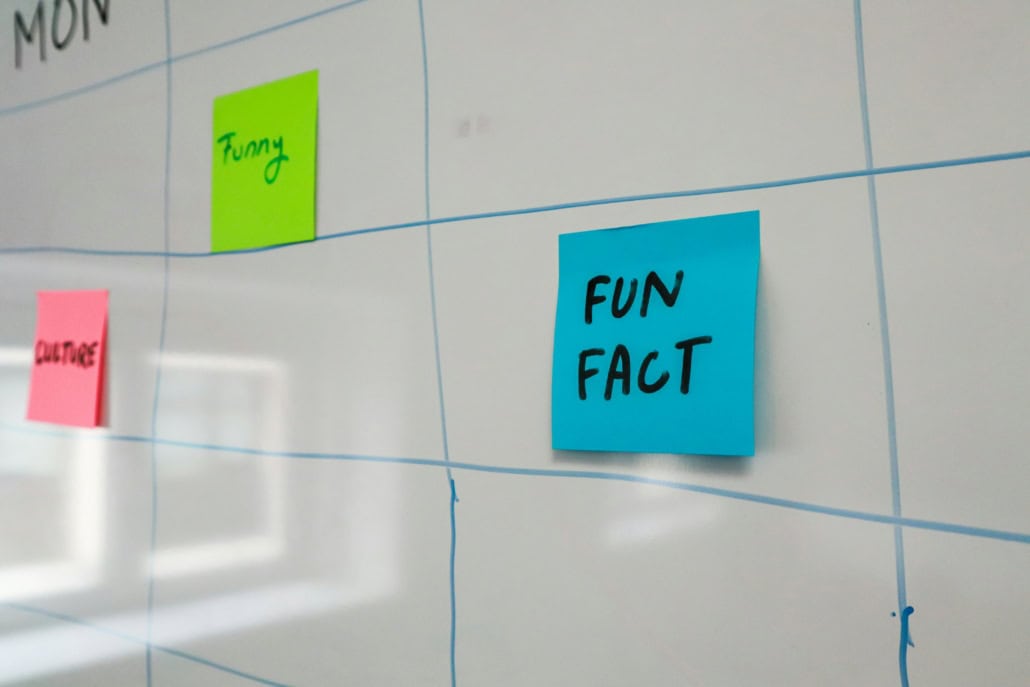Three Key Areas to Keep Tabs On
At the behest of my coach, a while back I finally read a book that she recommended to me, called Positive Intelligence, by Shirzad Chamine.
It came out over a decade ago, and I see from my Amazon account that I actually ordered it in 2023, so I realize sometimes things just take time.
As a coach myself, when my coach makes a suggestion for me to check out, I’m typically receptive.
After finishing the book, I signed up for a 7-week coaching program that uses the Positive Intelligence methodology.
I may circle back to that here some day, but right off the bat in week 1, I noted with interest that they kept coming back to making progress in three important areas: Well-being, Performance, and Relationships.
Hmmmm, I thought to myself, how is it that these three seem so “all encompassing” and yet I’ve never heard anyone put it this way before?
Using It as a Checklist
So now my challenge became how to write a blog about this in a way where I could actually tie in some “lived experience” with it.
I decided on Wednesday that this would be my subject, but I didn’t know how I’d approach it.
Then, this morning (Thursday), I took part in one of my peer group meetings, the one that I actually pay for, and the one where I probably make the most personal progress.
During this 3-hour session, I shared a case that I worked on with a family during the first half, and got some valuable feedback that I will use going forward.
During the second half, another colleague presented a case she was working on where she had experienced some recent frustrations and challenges, and we all provided insights that she found useful too.
And after we all said goodbye until next time, I started to think about this post and it hit me between the eyes.
That Was Great, Because….
As I reveled in the afterglow of a wonderful time spent with like-minded peers, I tried to integrate why I felt so enriched by the encounter.
So, let’s take them one by one….
Well-Being: I really felt good, physically, mentally, emotionally, spiritually, after that call.
Performance: The ideas and perspectives I received (and shared) will all most certainly result in better professional performance by me and the others, as a result of the valuable time we spent together.
Relationships: A few of these peers are folks I’ve known for a while, but others are relatively new to me, and vice versa. The depth of the exchanges has enhanced each and every one of these relationships as well.
So now I had a way to think about why I felt it went so well.
Family Business: Is Performance All There Is?
When I work with families who are in business together, or who own assets together, many discussions focus on subjects related to performance.
Of course it is important to make sure that everything that needs to get done is done well, by qualified people.
And so we need to make sure that all of the people whose job it is to get things done are well equipped with the tools and training to do so.
That’s where a lot of people like to leave it though, simply looking at how the people perform in their functions.
But what about their well-being and their relationships?
Is enough attention being paid to those aspects of the lives of the people in the family? Typically, no.
Human Capital and Social Capital
Besides financial capital, there are other types of capital that enterprising families also have, and my belief is that more attention needs to be paid to those.
While lists and definitions vary depending on the source, I like to think of “human capital” as the people in the family, and I think that the term “well-being” is as good as any to help us think about how we want to maximize it.
And as far as the relationships that family members have, with each other and also others outside the family, those fit under my heading of “social capital”.
So I’m happy to now have another entry point to talk about these other kinds of capital, that otherwise might be neglected.
Framing them as well-being and relationships gives me a new way to broach the subject.





















